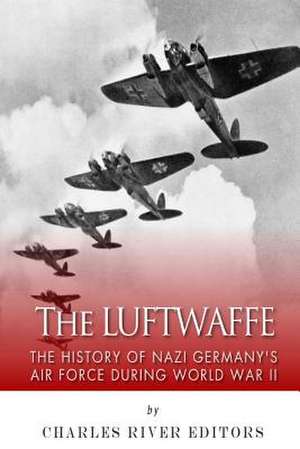The Luftwaffe
Autor Charles River Editorsen Limba Engleză Paperback
Preț: 47.48 lei
Nou
Puncte Express: 71
Preț estimativ în valută:
9.09€ • 9.46$ • 7.68£
9.09€ • 9.46$ • 7.68£
Carte tipărită la comandă
Livrare economică 08-22 martie
Preluare comenzi: 021 569.72.76
Specificații
ISBN-13: 9781512130089
ISBN-10: 1512130087
Pagini: 66
Dimensiuni: 152 x 229 x 4 mm
Greutate: 0.1 kg
Editura: CREATESPACE
ISBN-10: 1512130087
Pagini: 66
Dimensiuni: 152 x 229 x 4 mm
Greutate: 0.1 kg
Editura: CREATESPACE
